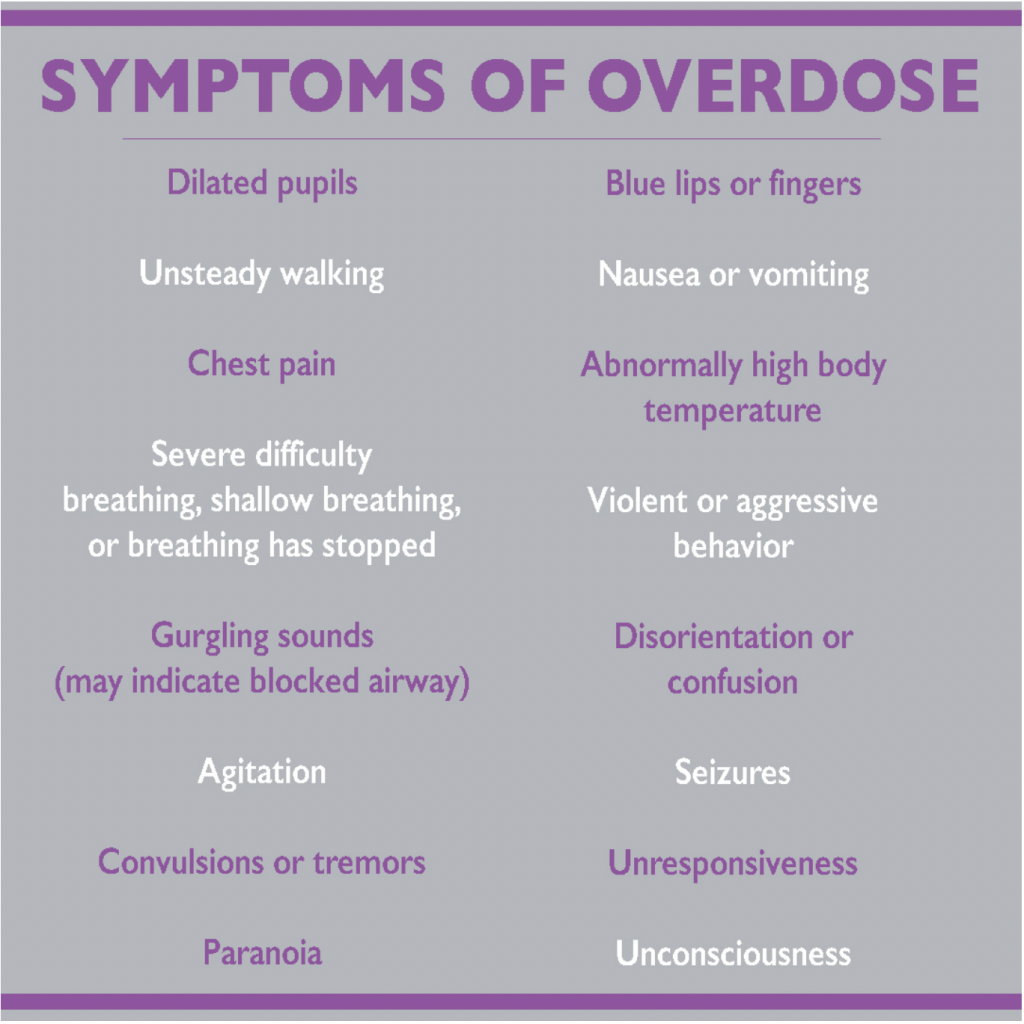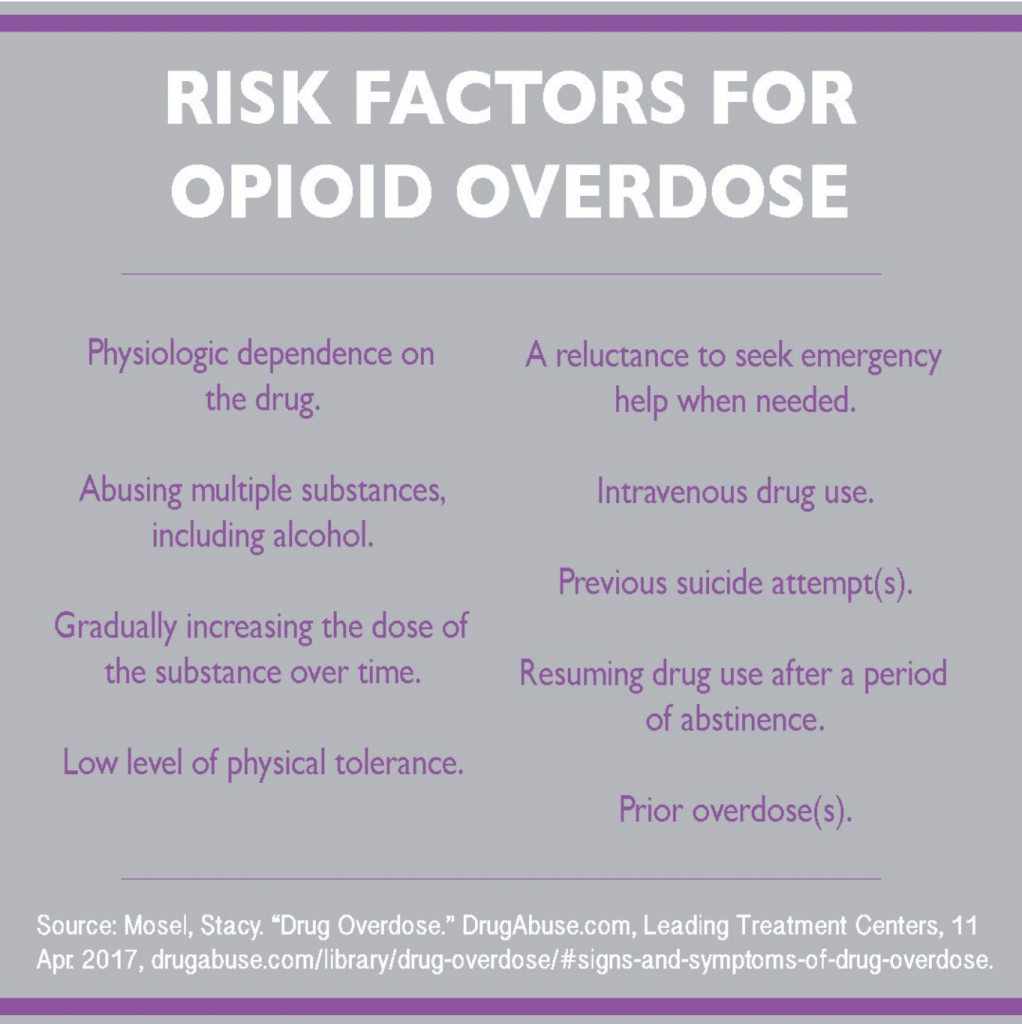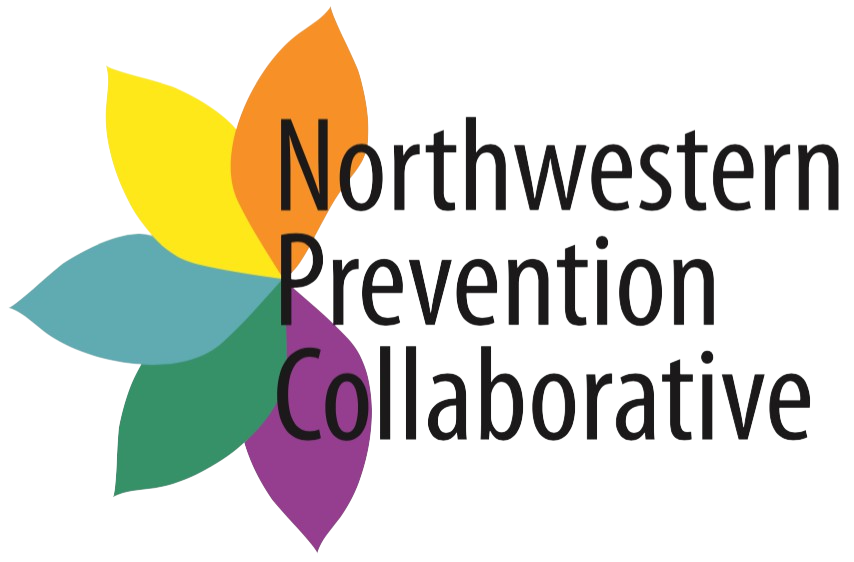Know the signs of addiction
Do you worry that one of your students may be suffering from a substance misuse disorder involving prescription opiates or heroin? Here are some signs that your student may need help.
Behavioral signs
- Change in attitude/personality
- Change in friends/hangouts
- Lack of interest in – or a change in – hobbies
- Drop in grades or work performance
- Isolation and secretive behavior
- Irritability/mood swings
- Confusion
- Poor judgment
- Decreased ability to pay attention
- Short-term memory loss
- Risk-taking behaviors
Physical Signs
- Bloodshot eyes
- Pupillary constriction
- Sleepiness
- Analgesia
- Difficulties urinating
- Constipation
- Decreased respiratory rate
- Withdrawal symptoms if drug is not available
- Itching
- Flushed skin
- Liver disease
- Jaundice
Do you know how to spot an overdose? Read the infographic below for signs of an opiate overdose.

Many young people believe that they won’t suffer an overdose if they take certain precautions, but it is important to ensure they know that anyone who uses an illicit substance can suffer an overdose, especially when certain factors or conditions are present. The graphic below highlights some of the factors that can increase a person’s likelihood of suffering from any form of substance overdose.

Do you know what to do if someone is suffering an overdose in the classroom? The graphic below indicates what to do – and what not to do – if you see someone having an overdose.

Looking for classroom educational materials? Check out the following resource(s):

